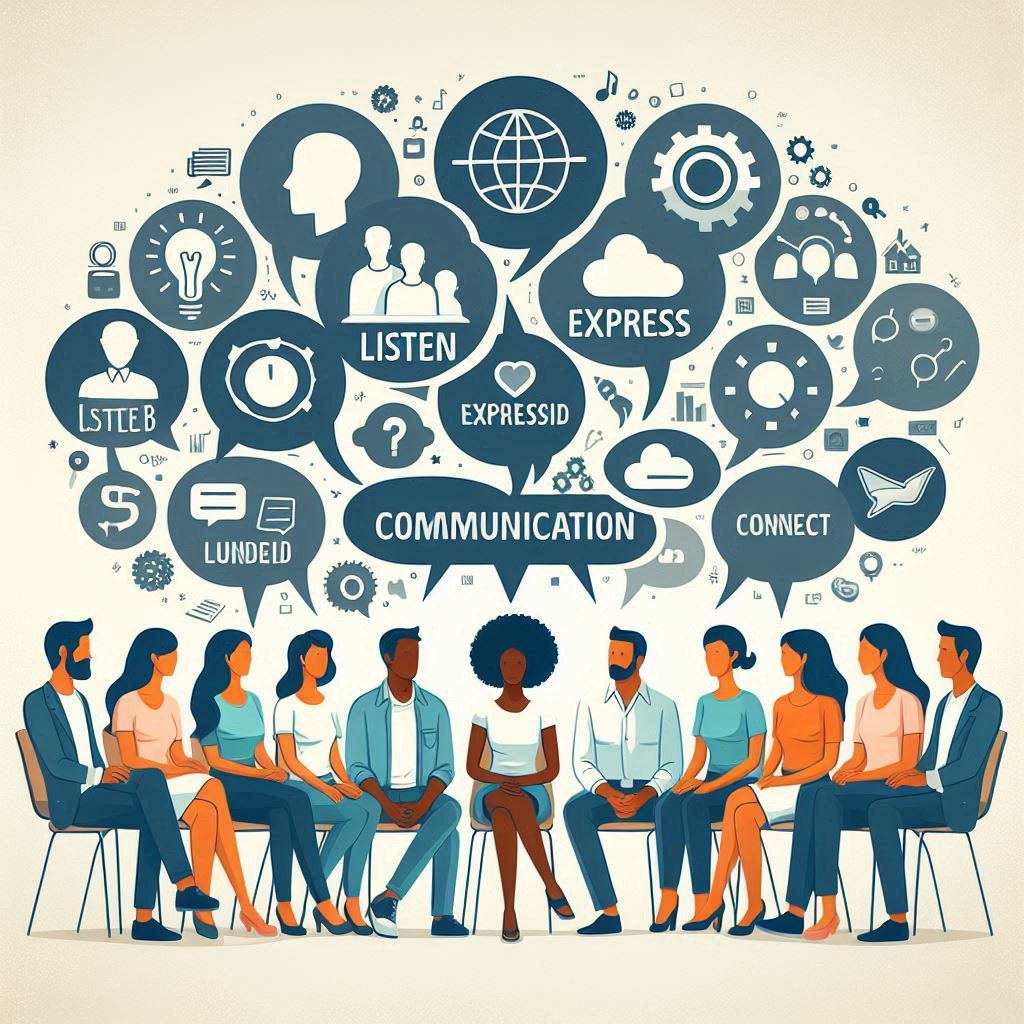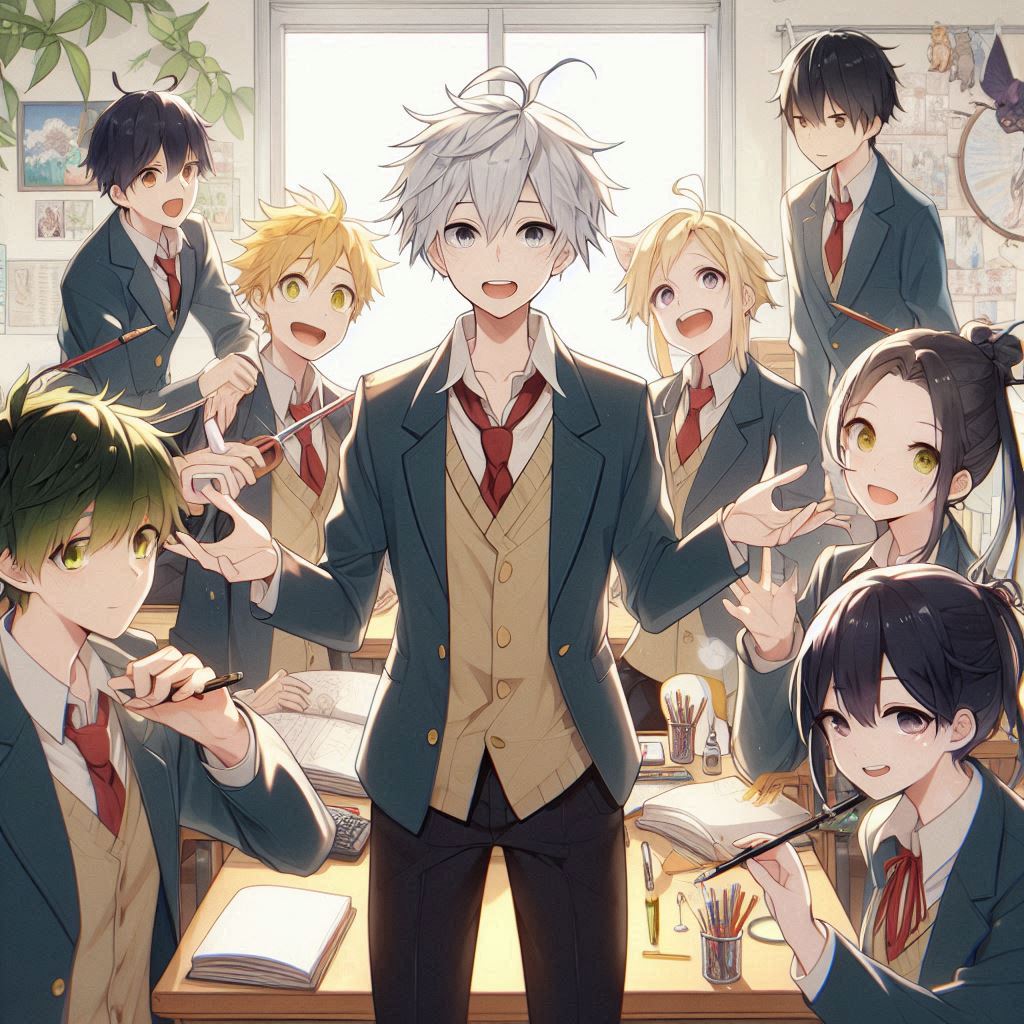Stop Confusing, Start Connecting: The Ultimate Guide to Clear Communication
Introduction
Ever tried to explain something to someone, and halfway through, they looked utterly confused? Or maybe you’ve been on the receiving end of a long-winded explanation that left you more puzzled than informed? Welcome to the world of communication. The good news is that mastering the art of clear and concise communication can save us all a lot of time and frustration. So, let’s dive in and explore how to get your point across effectively.The Art of Clear and Concise Communication

Understanding Clarity in Communication
What is Clarity?
Clarity in communication means expressing your thoughts and ideas in a way that is easy to understand. It’s about being clear and straightforward, leaving no room for confusion.
Why Clarity Matters
Clarity is crucial because it ensures your message is understood exactly as you intended. Misunderstandings can lead to mistakes, conflicts, and lost opportunities. Think of clarity as a bridge that connects your thoughts to your audience’s understanding.
The Power of Conciseness
What is Conciseness?
Conciseness is about delivering your message in as few words as possible without sacrificing its meaning. It’s like cutting through the noise to deliver a sharp, clear point.
Benefits of Being Concise
Being concise saves time and keeps your audience engaged. No one likes to wade through unnecessary fluff. When you’re concise, your message is punchy and memorable.
Structuring Your Message
Begin with the End in Mind
Start by knowing what you want to achieve with your communication. Whether it’s to inform, persuade, or entertain, having a clear goal helps you stay focused.
Use a Clear Structure
Organize your message logically. Use an introduction to set the stage, a body to present your main points, and a conclusion to wrap things up. This structure helps your audience follow along easily.
Using Strong Verbs and Specific Language
The Impact of Strong Verbs
Strong verbs make your sentences more dynamic and impactful. Instead of saying, “She made a decision,” say, “She decided.” It’s more direct and powerful.
Choosing Specific Words
Avoid vague terms. Be specific to paint a clearer picture. For instance, instead of saying, “He has a big dog,” say, “He has a German Shepherd.” Specific language reduces ambiguity and enhances understanding.
Avoiding Jargon and Ambiguity
What is Jargon?
Jargon refers to specialized terms used by a particular group. While it can be useful among experts, it often confuses those outside the group.
The Problem with Ambiguity
Ambiguity occurs when your message can be interpreted in multiple ways. It’s a communication killer. Always aim for precision to ensure your message is received as intended.
Techniques for Clear Communication
Be Direct and to the Point
Don’t beat around the bush. Say what you need to say directly. Your audience will appreciate your straightforwardness.
Use Simple Language
Fancy words might impress some, but they often complicate your message. Simple language ensures that more people can understand you.
Break Down Complex Ideas
When dealing with complex concepts, break them down into manageable chunks. Use analogies and examples to make them relatable.
Engaging Your Audience
Know Your Audience
Tailor your message to your audience’s level of understanding and interests. What works for one group might not work for another.
Tailor Your Message
Adjust your tone, style, and content to suit your audience. The more relevant your message, the more engaged they’ll be.
Active Voice vs. Passive Voice
Understanding Active Voice
Active voice means the subject of the sentence performs the action. For example, “The dog chased the cat” is active.
Benefits of Active Voice
Active voice is more direct and lively. It makes your sentences clearer and more engaging.

Editing and Revising for Clarity
The Importance of Editing
Editing is where you refine your message. It’s about polishing your words to ensure clarity and conciseness.
Tips for Effective Revision
Read your message aloud, check for unnecessary words, and ensure each sentence serves a purpose. Get feedback from others to catch any missed errors.
Using Visual Aids
When to Use Visual Aids
Visual aids can enhance understanding, especially for complex information. Use them when words alone aren’t enough.
Types of Effective Visual Aids
Charts, diagrams, and images can all be effective. Choose the type of visual aid that best supports your message.
Practicing Effective Communication
Role-Playing Scenarios
Practice with real-life scenarios. Role-playing can help you refine your communication skills in a safe environment.
Continuous Improvement
Communication is a skill you can always improve. Seek feedback, reflect on your interactions, and keep practicing.
Overcoming Common Barriers
Identifying Barriers
Common barriers include language differences, cultural misunderstandings, and emotional biases. Recognize these barriers to address them effectively.
Strategies to Overcome Them
Use clear language, be patient, and seek common ground. Effective communication requires empathy and understanding.

Real-Life Examples of Effective Communication
Case Study 1
Consider a successful leader who communicates vision clearly. Their ability to articulate ideas inspires and motivates their team.
Case Study 2
Think about a teacher who explains complex concepts in simple terms. Their clarity helps students grasp difficult subjects easily.
Conclusion
Clear and concise communication is an art worth mastering. By focusing on clarity, conciseness, and audience engagement, you can ensure your message is understood and remembered. Practice these techniques, and watch your communication skills soar.
FAQs
What are the main components of clear communication?
The main components include clarity, conciseness, and understanding your audience. Structuring your message and using simple language also play key roles.
How can I practice being more concise?
Start by identifying the core message you want to convey. Edit out unnecessary words and focus on delivering your point directly.
Why is avoiding jargon important?
Jargon can confuse your audience and create barriers to understanding. Use plain language to ensure everyone can follow along.
What are some common barriers to effective communication?
Common barriers include language differences, cultural misunderstandings, and emotional biases. Being aware of these can help you address them effectively.
How can visual aids enhance communication?
Visual aids can simplify complex information and make your message more engaging. They help illustrate points that might be difficult to convey with words alone.






